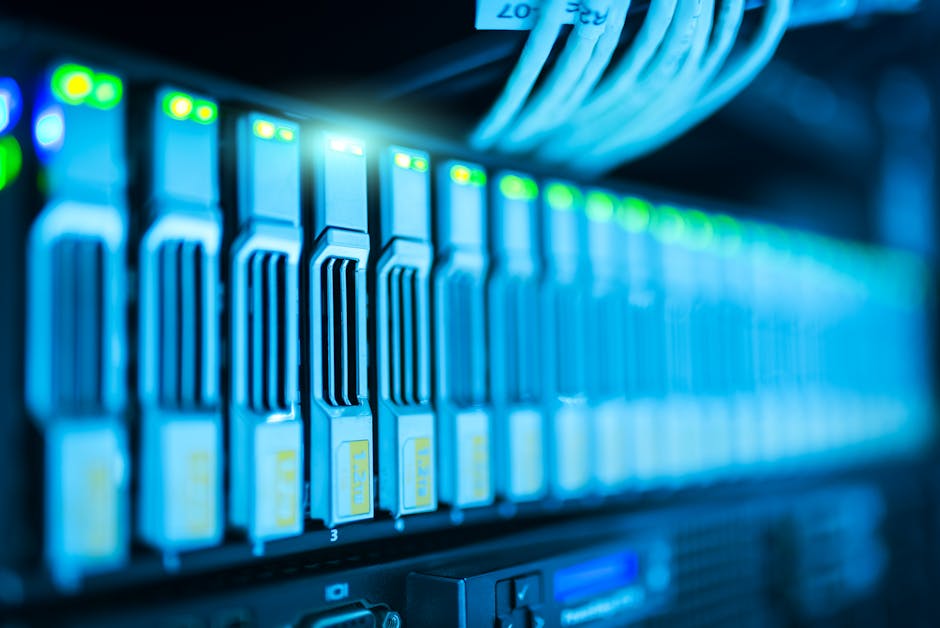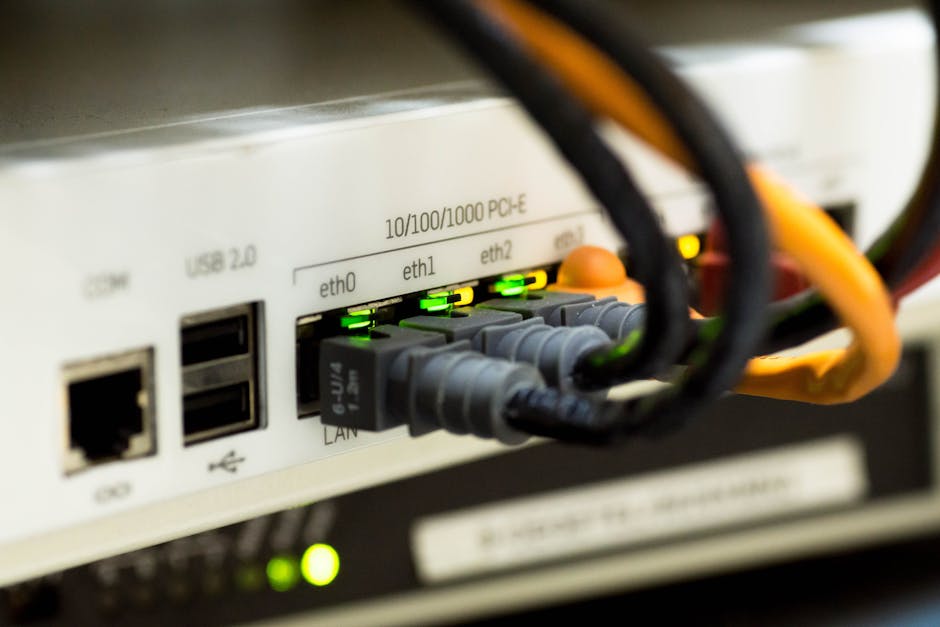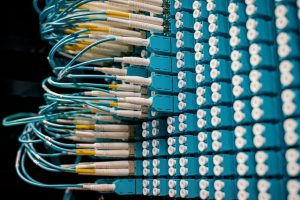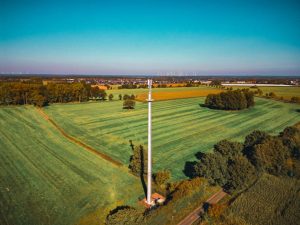Seafloor Congestion: The Growing Challenge in Submarine Cable Networks

The global internet relies on a fascinating yet fragile infrastructure: submarine cables no thicker than a garden hose, carrying the majority of the world’s data across oceans. As the demand for digital connectivity surges, cable route engineers face a daunting challenge—finding adequate space on the seafloor for new installations while preserving the integrity of existing systems. This intricate balance has become increasingly precarious, with several critical regions of the seafloor approaching saturation.
Why Submarine Cable Congestion Is a Critical Issue

Pexels
At the heart of the problem is the reliance on century-old cable maintenance techniques. James Porter, a cable route engineer at Alcatel Submarine Networks, explains that even in 2025, maintenance largely depends on the use of grapnel hooks to recover cables. This method necessitates strict spacing between cables, with industry standards requiring a separation of three times the water depth. In deep waters—such as those 2,000 meters below the surface—this translates to a staggering 6-kilometer gap. As cables increasingly crisscross strategic corridors, such as the eastern Mediterranean and the waters off Japan, viable routes are quickly disappearing.
Key Factors Driving Undersea Congestion

Pexels
The problem isn’t merely technical but is also shaped by physical geography, economic centers, and geopolitical realities. Submarine cables naturally converge toward population-dense areas and economic hubs, where data flows are highest. Narrow geographical corridors, like the Straits of Gibraltar or Bab-el-Mandeb, further restrict routing options. Geopolitical restrictions add another layer of difficulty, with regions like the Red Sea affected by territorial disputes and physical security concerns. For instance, Yemeni waters have become a chokepoint due to conflicts and permit restrictions, while Iranian regulations compress cable routes into Omani waters.
Beyond these external challenges, poor communication and data sharing within the industry exacerbate inefficiencies. In one of his analysis points, Porter highlights how incomplete knowledge of existing and planned cable routes often leads to commercial risks and redundant surveys. More transparent coordination between cable companies could significantly optimize the allocation of limited seabed space.
Potential Solutions to Combat Congestion

Pexels
To address this growing crisis, several strategies have been proposed. First, the industry could relax separation requirements in low-risk areas or near older systems nearing the end of their service life. Improved communication protocols, such as secure data-sharing agreements between cable operators, could further alleviate planning conflicts. Additionally, clearer notification systems for retiring or repurposing cables could open up valuable real estate on the seafloor.
With the first wave of submarine cables from the early 2000s reaching their 25-year lifecycle, the opportunity to repurpose or replace them is now critical. The rise of emerging technologies like artificial intelligence and global connectivity projects will only accelerate the demand for new cable routes. Mitigating seabed congestion is not only necessary for maintaining global internet reliability but also vital for supporting future innovation.
For further insights into the challenges and opportunities shaping submarine cable networks, experts like James Porter and organizations like the International Cable Protection Committee continue to provide guidance. The industry must adapt quickly to ensure the stability of this interconnected digital world.




